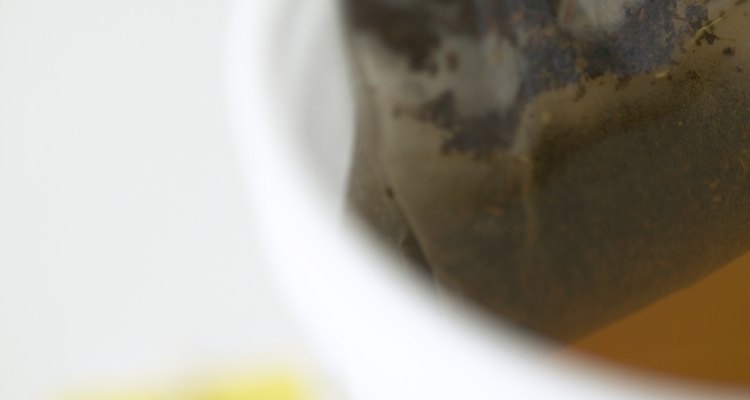
Jupiterimages/Photos.com/Getty Images
Chai actually means tea in India, though it has become synonymous with the spicy sweet masala version that originates from the country. A variety of spices are simmered in water until it becomes a thick flavorful liquid, then milk and sugar are added to finish the hot beverage. However, one problem often encountered is curdling of the milk, resulting in a chunky beverage that tastes the same but may have an unappetizing look or texture.
Temperature
Boiling milk for extended periods of time causes the proteins to separate from the whey, leading to a broken milk that has curdled slightly. One way to prevent this is to keep the chai from boiling completely, heating it only until it is hot and steaming, but not boiling. Adding the milk at the end of the cooking process also allows it to absorb the flavors but not become overheated.
Acids
Acids cause milk to curdle. Buttermilk is a good example of this, as it is milk that has been curdled through use of an enzyme, becoming thickened because of it. However, this can also happen to chai if lemon juice or an acidic ingredient is added. Fresh ginger can release a slight acid that, when boiled for an extended period of time, can cause the milk to curdle.
Tannins
Tea contains an astringent called tannin, which can make proteins bind together. When simmered for a long time, tea releases these tannins into surrounding liquid, such as milk. This causes the proteins in the milk to stick together, causing curdling. Either adding the tea at the end of the cooking process or the milk itself will prevent this from happening. As well, masala chai does not have to contain tea, as its flavor is based in spices, so any black tea can be omitted from the recipe completely.
Alternatives
For those on a lactose-free diet, often alternate milks are used to make chai. However, these milks do not curdle in the same way as regular milk, for they contain different proteins. Try using almond or rice milk instead of cow's milk for a more fail-safe method of making chai without curdling, or to add a different flavor to the beverage itself.
Related Articles
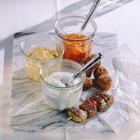
Cooking Yogurt Without Curdling It
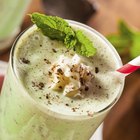
How to Make Green Tea Frappuccino

How to Make Kava Tea Bags Effective
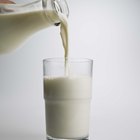
Whole Milk Vs. Lactaid Milk

Chai Tea Frappuccino Calories
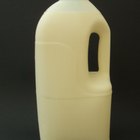
How to Make Creme With Alpha Hydroxy ...

How to Use Evaporated Milk for Drinking
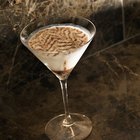
The Difference Between Brown and White ...
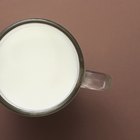
Why Does Milk Curdle When it Is Mixed ...
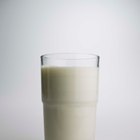
How to Cook With Lactaid
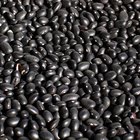
Homemade Black Bean Milk

How to Make Homemade Green Tea ...
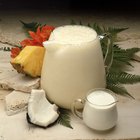
Does Pineapple Curdle Milk?
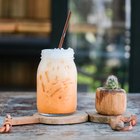
Calories in Thai Iced Tea
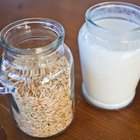
How to Make Your Own Rice Milk

The Health Benefits of Amazake

What Are Rennet Tablets?
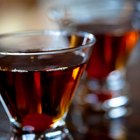
Make It a Manhattan: Classic Manhattan ...

How to Keep Scalloped Potatoes From ...

Uses for Curdled Milk
References
- Professional Cooking, College Version; Wayne Gisslen
Writer Bio
Based in Kingston, Canada, Samantha Lowe has been writing for publication since 2006. She has written articles for the "Mars' Hill" newspaper and copy for various design projects. Her design and copy for the "Mars' Hill" won the Associated Collegiate Press Pacemaker award in 2008. Lowe holds an Honors BA from Trinity Western University, and a MSc in Occupational Therapy from Queen's University where she is currently doing her PhD.
Photo Credits
Jupiterimages/Photos.com/Getty Images